I have checked all SO question which generate confusion matrix and calculate TP, TN, FP, FN.
Scikit-learn: How to obtain True Positive, True Negative, False Positive and False Negative
Mainly it usage
from sklearn.metrics import confusion_matrix
For two class it's easy
from sklearn.metrics import confusion_matrix
y_true = [1, 1, 0, 0]
y_pred = [1, 0, 1, 0]
tn, fp, fn, tp = confusion_matrix(y_true, y_pred, labels=[0, 1]).ravel()
For multiclass there is one solution, but it does it only for first class. Not all class
def perf_measure(y_actual, y_pred):
class_id = set(y_actual).union(set(y_pred))
TP = []
FP = []
TN = []
FN = []
for index ,_id in enumerate(class_id):
TP.append(0)
FP.append(0)
TN.append(0)
FN.append(0)
for i in range(len(y_pred)):
if y_actual[i] == y_pred[i] == _id:
TP[index] += 1
if y_pred[i] == _id and y_actual[i] != y_pred[i]:
FP[index] += 1
if y_actual[i] == y_pred[i] != _id:
TN[index] += 1
if y_pred[i] != _id and y_actual[i] != y_pred[i]:
FN[index] += 1
return class_id,TP, FP, TN, FN
But this by default calculate for only one class.
But I want to calculate the values for each class given a 4 class. For https://extendsclass.com/csv-editor.html#0697f61
I have done it using excel like this.
Then calculate the results for each
I have automated it in Excel sheet, but is there any programatical solution in python or sklearn to do this ?

